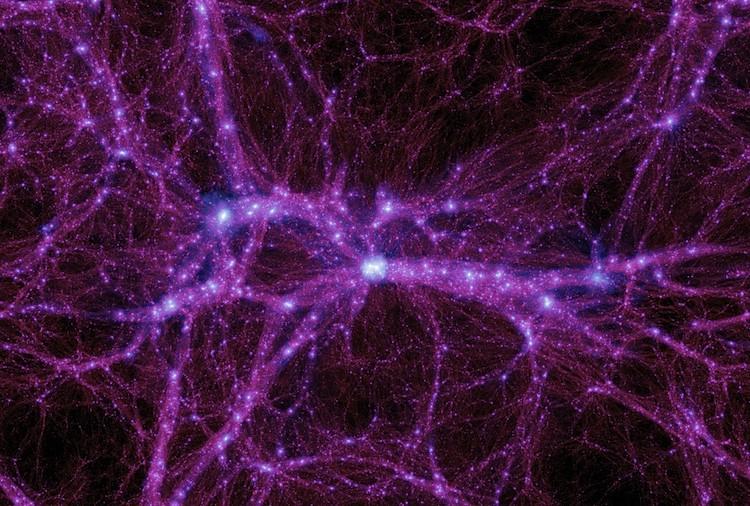Perhaps the most salient feature of animist worldviews is the way in which they construe and construct the world in relational terms: everything is connected. I first encountered the phrase “relational epistemology” in Nurit Bird-David’s work on animism, which in turn led to a discussion of Tim Ingold’s similar work. In Bruce Charlton’s post on animism, relational ontology plays a major role, and in my post on Lucien Lévy-Bruhl, I observed:
Animist worldviews are totalizing cosmologies. They are distinctly non-dualist: there is no nature set apart from supernature or material distinct from the immaterial. Nothing is strictly inert because everything participates in everything else. All is connected. Lévy-Bruhl calls this way of conceiving and being the “law of participation.” Everything that exists – objects, events, landscapes, weather, animals, and people – participate in a world that is connected. Because of these connections or participations, nothing happens (or fails to happen) for strictly material or mechanical reasons. Given deep connection and participation, one thing cannot but fail to affect another thing. All these effects are relational, the result of enmeshment that entails impersonal agencies (i.e., powers or potencies) and invisible agents (of all varieties, including souls, ghosts, spirits, and gods).
Whenever I encounter these relational aspects of animist worldviews, I am constantly reminded of similar conceptions in theoretical physics. While I am not suggesting that animist worldviews are scientific precursors or that they reflect quantum understandings of reality, animist worldviews are eerily similar to quantum worldviews. The similarities may not be coincidental. There may be ways to experience, intuit, and conceive these workings without knowing anything about quantum physics. In The Way of the Human Being (2000), former Rutgers historian Calvin Luther Martin (what a name!) makes a strong case for precisely this kind of connection — he argues that animist worldviews have comprehended what physicists have only recently discovered. Martin links animist relationality to quantum relativity and notes that the experimental observer-effect in physics closely accords with animist ideas of participatory being. This is intriguing stuff and I recommend Martin’s book.
I was reminded of all this while reading a stellar review of Time Reborn: From the Crisis in Physics to the Future of the Universe (2013) by Lee Smolin, a ridiculously smart theoretical physicist who argues that time is not simply a function of space but is instead a fundamental reality that we experience through consciousness. In this excerpt, the reviewer (James Gleick) explains Smolin’s heretical views:
For Smolin, the key to salvaging time turns out to be eliminating space. Whereas time is a fundamental property of nature, space, he believes, is an emergent property. It is like temperature: apparent, measurable, but actually a consequence of something deeper and invisible—in the case of temperature, the microscopic motion of ensembles of molecules. Temperature is an average of their energy. It is always an approximation, and therefore, in a way, an illusion. So it is with space for Smolin: “Space, at the quantum-mechanical level, is not fundamental at all but emergent from a deeper order”—an order, as we will see, of connections, relationships. He also believes that quantum mechanics itself, with all its puzzles and paradoxes (“cats that are both alive and dead, an infinitude of simultaneously existing universes”), will turn out to be an approximation of a deeper theory.
For space, the deeper reality is a network of relationships. Things are related to other things; they are connected, and it is the relationships that define space rather than the other way around. This is a venerable notion: Smolin traces the idea of a relational world back to Newton’s great rival, Gottfried Wilhelm Leibniz: “Space is nothing else, but That Order or Relation; and is nothing at all without Bodies, but the Possibility of placing them.” Nothing useful came of that, while Newton’s contrary view—that space exists independently of the objects it contains—made a revolution in the ability of science to predict and control the world. But the relational theory has some enduring appeal; some scientists and philosophers such as Smolin have been trying to revive it.
This is awesome stuff that is intuitively appealing for people, like me, who take animist worldviews seriously (but not mystically). There is probably more here than meets the eye.


